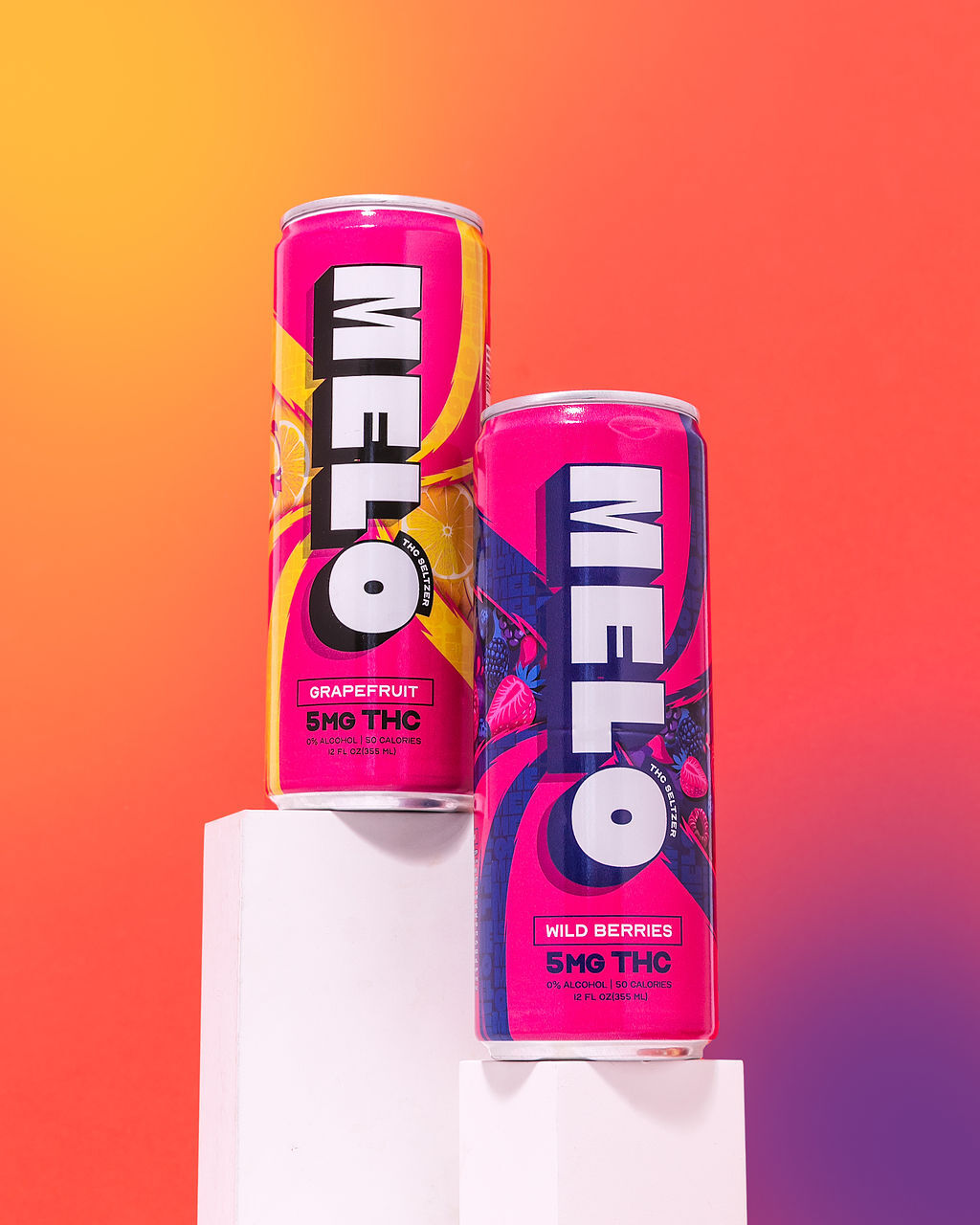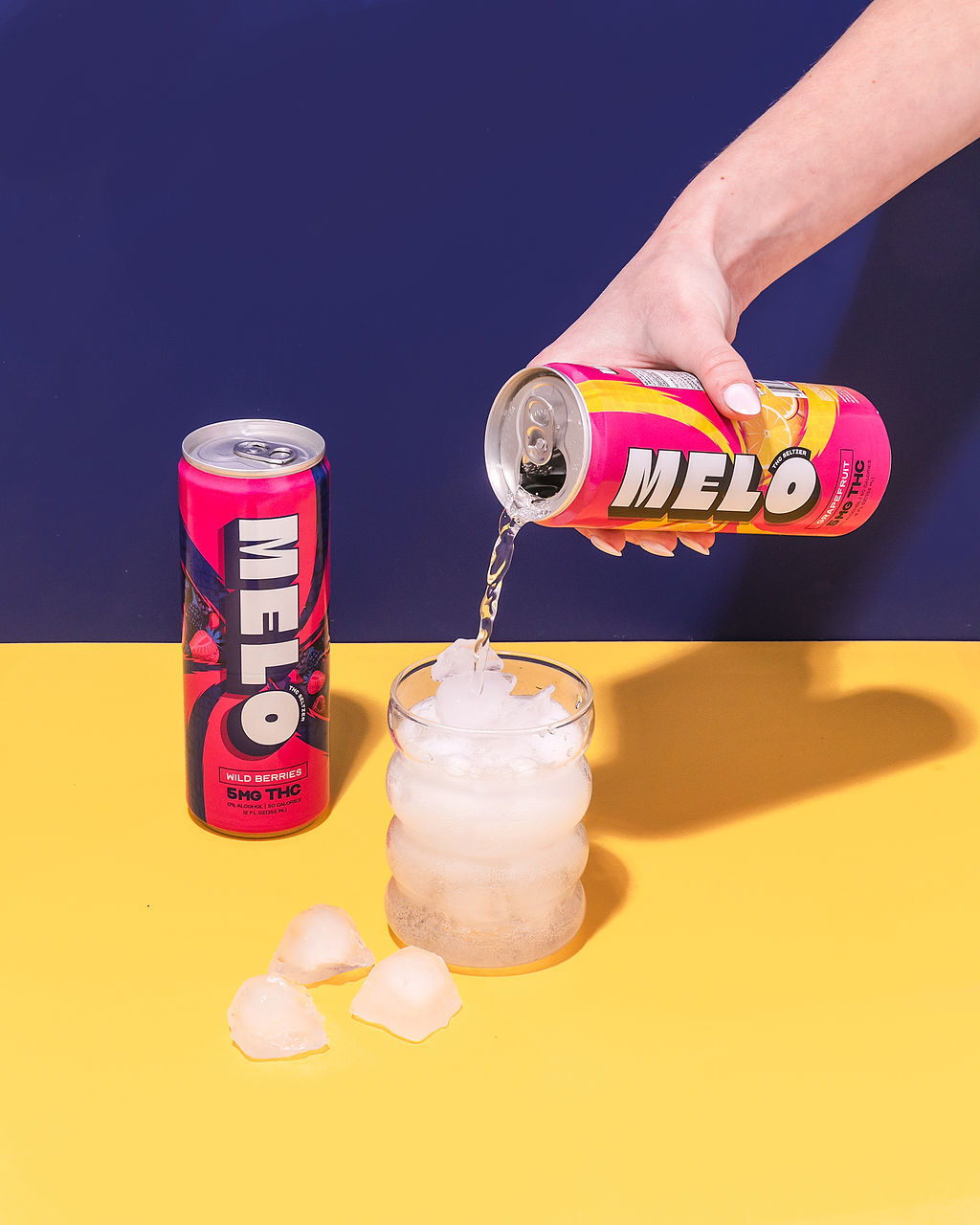Chemical Properties of Cannabis
Cannabis, renowned for its diverse effects, owes its properties to a complex array of chemical compounds. Understanding these chemical constituents and how they interact within the human body is crucial when exploring cannabis-infused beverages.
Cannabinoids
At the heart of cannabis’s pharmacological activity lie cannabinoids, a unique class of chemical compounds with varying potencies and effects. The most prominent cannabinoids are tetrahydrocannabinol (THC) and cannabidiol (CBD). THC is responsible for the psychoactive “high” associated with cannabis, binding to specific receptors in the brain and altering sensory perception, mood, and cognition. Conversely, CBD does not produce a high but instead exhibits a wide range of therapeutic potential, interacting with the endocannabinoid system to modulate pain, inflammation, anxiety, and sleep.
Terpenes
Beyond cannabinoids, cannabis contains a wealth of other chemical compounds that contribute to its overall effects. Terpenes, aromatic hydrocarbons found in many plants, play a significant role in shaping cannabis’s aroma, flavor, and potential therapeutic benefits.
- Limonene: associated with citrusy scents, may have mood-boosting and stress-reducing properties.
- Myrcene: contributes to a musky, earthy aroma and is believed to have sedative effects.
- Pinene: reminiscent of pine needles, may enhance memory and focus.
Soluble Compounds

Cannabis also contains flavonoids, antioxidants that contribute to its color and flavor. These compounds have been linked to various health benefits, including anti-inflammatory and anti-cancer properties.

Understanding the solubility of these compounds is crucial for creating effective cannabis-infused beverages. THC and CBD are lipophilic, meaning they dissolve better in fats and oils than in water. This poses a challenge when incorporating them into drinks, as their bioavailability (the amount that enters the bloodstream) can be low if not properly emulsified or solubilized.
Various techniques are used to enhance solubility and bioavailability. One common method is to use carrier oils, such as MCT oil or hemp seed oil, which readily dissolve cannabinoids and can be mixed with water-based beverages. Other approaches include using nanoemulsions, liposomes, or cyclodextrins to encapsulate cannabinoids, increasing their stability and absorption.
Absorption and Metabolism
The journey of cannabis compounds from the beverage to your bloodstream is a fascinating one involving absorption and metabolism. Absorption refers to the process by which these compounds pass from the digestive tract into the blood. Metabolism, on the other hand, encompasses the chemical transformations these compounds undergo within the body, ultimately affecting their duration and intensity of effects.
Oral Ingestion vs. Inhalation
Oral ingestion of cannabis-infused beverages involves a multi-step process that begins in the mouth. Upon consumption, cannabinoids dissolve in saliva and start to be absorbed through the mucous membranes lining the oral cavity. However, the majority of absorption occurs in the small intestine. Here, enzymes break down food molecules, facilitating the passage of cannabinoids into the bloodstream. The rate and extent of absorption depend on factors such as the formulation of the beverage, individual gut microbiome composition, and overall digestive health.
Inhalation of cannabis smoke or vapor bypasses the gastrointestinal tract entirely. When inhaled, cannabinoids are rapidly absorbed through the lungs’ rich network of capillaries. This method delivers a quicker onset of effects compared to oral ingestion, as the compounds directly enter the bloodstream without undergoing digestive processes.
First-Pass Metabolism
A key factor influencing the effects of cannabis-infused beverages is first-pass metabolism. This occurs in the liver, where enzymes filter and metabolize substances absorbed from the digestive system.
- During first-pass metabolism, a portion of the THC and CBD in a beverage may be broken down into metabolites before reaching the bloodstream. This can significantly reduce the overall bioavailability of these compounds.
- The liver’s metabolic activity varies between individuals, influencing the extent to which cannabis compounds are metabolized during first-pass.
Bioavailability and Onset Time
Onset time, the duration it takes for cannabis effects to be felt, is influenced by several factors. Oral ingestion of cannabis beverages typically has a delayed onset, ranging from 30 minutes to 2 hours or more due to absorption and metabolism processes.
In contrast, inhalation delivers cannabinoids directly into the bloodstream, leading to a much faster onset, often within minutes.
Formulation Considerations for Beverages
Formulating cannabis-infused beverages presents unique challenges due to the complex nature of cannabinoid compounds and their solubility properties. Understanding how these compounds interact with water, fats, and the human body is essential for creating effective and enjoyable products.
Emulsions and Solubility
Formulation considerations for cannabis-infused beverages are crucial for ensuring optimal efficacy and consumer satisfaction.
- Solubility: THC and CBD are lipophilic, meaning they dissolve better in fats and oils than in water. This poses a challenge when incorporating them into beverages, requiring techniques like using carrier oils, nanoemulsions, liposomes, or cyclodextrins to enhance solubility and bioavailability.
- Emulsification: Creating stable emulsions of cannabinoids in water-based beverages is essential for even distribution and consistent effects.
- Stability: Maintaining the stability and potency of cannabinoids over time is critical, as they can degrade upon exposure to light, heat, and oxygen. Packaging and storage considerations are crucial.
Dosage Control and Accuracy
Dosage control and accuracy are paramount in cannabis-infused beverages due to the variable nature of effects and potential for overconsumption. Precise dosing allows individuals to tailor their experience and avoid unwanted side effects. Achieving accurate dosage involves meticulous formulation, consistent manufacturing processes, and clear labeling.
One approach to ensuring precise dosing is to use standardized cannabinoid extracts with known concentrations. These extracts can be incorporated into beverages at specific volumes to deliver a predetermined amount of THC or CBD per serving.
Another strategy involves using advanced manufacturing techniques, such as microdosing, which allows for the creation of beverages containing very small, precisely measured amounts of cannabinoids. This can provide individuals with more subtle and controlled experiences.
Accurate labeling is essential for informing consumers about the cannabinoid content of their beverage. Clear and concise labeling should state the amount of THC and CBD per serving, as well as any potential variations in dosage due to factors such as manufacturing processes or ingredient tolerances.
Flavor Masking and Taste Enhancement
Flavor masking and taste enhancement are crucial considerations when formulating cannabis-infused beverages. The characteristic earthy or bitter taste of cannabinoids can be off-putting to some consumers, hindering the widespread adoption of these products.
To address this challenge, formulators employ various techniques to mask or enhance the flavor profile of cannabis. One common approach is to use flavorings and sweeteners that effectively camouflage the undesirable taste of cannabinoids. Natural or artificial flavors, such as fruit juices, herbs, spices, and chocolate, can be incorporated into beverages to create a more palatable and enjoyable sensory experience.
Another strategy involves utilizing encapsulation technologies. Encapsulating cannabinoids within tiny particles, known as microencapsulation or nanoencapsulation, can help to isolate them from taste receptors on the tongue, reducing their perceived bitterness. The coating materials used in encapsulation can also be tailored to release the cannabinoids gradually over time, enhancing absorption and prolonging the effects.
Adjusting the pH of the beverage can also influence the perception of taste. Cannabinoids tend to exhibit a more bitter profile at higher pH levels, while a lower pH can make them taste less harsh. Formulators carefully select ingredients and adjust the acidity or alkalinity of the beverage to achieve a balanced and desirable flavor profile.
The choice of carrier oil also plays a role in taste perception. Different oils have distinct flavors that can either complement or clash with cannabinoids. For instance, MCT oil has a neutral flavor, making it a popular choice for masking cannabis taste. Hemp seed oil, on the other hand, has a slightly nutty flavor that may not be suitable for all beverage formulations.
Health and Safety Concerns
As the popularity of cannabis-infused beverages rises, it’s crucial to address the health and safety considerations associated with their consumption. Understanding the complex interactions between cannabinoids, terpenes, flavonoids, and the human body is essential for ensuring safe and enjoyable experiences.
Potential Psychoactive Effects
One major concern is potential overconsumption due to delayed onset of effects. It can take 30 minutes to two hours or more for cannabis effects to be felt after consuming a beverage. This extended delay can lead individuals to consume more than intended, as they may not realize the full impact of their initial intake until later.
Another health concern is the potential psychoactive effects of THC, particularly for those who are inexperienced with cannabis or have low tolerance. THC can cause alterations in mood, perception, and cognition, which may be disorienting or unpleasant for some individuals. It’s important to start with a low dose and gradually increase it as needed to assess one’s tolerance.
Individuals with pre-existing medical conditions, such as heart disease, high blood pressure, or respiratory problems, should consult with their healthcare provider before consuming cannabis-infused beverages, as THC can exacerbate these conditions in some cases.
It is also crucial to be aware of potential interactions between cannabis and medications. THC can interact with certain drugs, altering their effects and potentially leading to adverse reactions. It’s always best to speak to a doctor about any potential drug interactions before using cannabis products.
Interactions with Medications
Drug interactions are a serious concern when using cannabis-infused beverages. Cannabis compounds can interfere with the metabolism of other medications, altering their effectiveness or increasing the risk of side effects.
- Blood thinners: Cannabis may increase the risk of bleeding in individuals taking anticoagulants like warfarin.
- Central nervous system depressants: Combining cannabis with drugs like benzodiazepines or opioids can enhance sedative effects, leading to respiratory depression and potentially life-threatening outcomes.
- Antibiotics: Some studies suggest that cannabis may reduce the effectiveness of certain antibiotics.
It is essential to consult with a healthcare professional to discuss potential drug interactions before using cannabis-infused beverages, especially if you are taking any prescription or over-the-counter medications.
Long-Term Health Impacts
Long-term health impacts of regular cannabis use are still being researched and understood. However, some studies have suggested potential risks associated with chronic cannabis consumption, particularly when it begins during adolescence.
- Respiratory Issues: Frequent smoking of cannabis can irritate the lungs and increase the risk of respiratory problems such as bronchitis and chronic cough.
- Cognitive Effects: Studies have shown that heavy, long-term cannabis use, especially during adolescence, may be associated with cognitive impairments, particularly in areas like memory, attention, and executive function.
- Mental Health: While cannabis has potential therapeutic benefits for some mental health conditions, it can also worsen symptoms of anxiety, paranoia, and psychosis in vulnerable individuals.
It’s important to note that research on long-term health impacts is ongoing, and individual responses to cannabis vary widely. Factors such as genetics, frequency of use, dosage, and method of consumption all play a role.
Buy Melo Seltzer’s THC-Infused Sparkling Water for a Smooth Buzz
Bey Bey Name
Bo Paris
- Skin Pen Microneedling Near Wotton, Surrey - June 6, 2025
- Sculptra Surrey – Collagen Stimulation Therapy Near Merton, Surrey - June 5, 2025
- The Cost Of Neck Line Fillers In Kingston Upon Thames Explained - June 5, 2025
